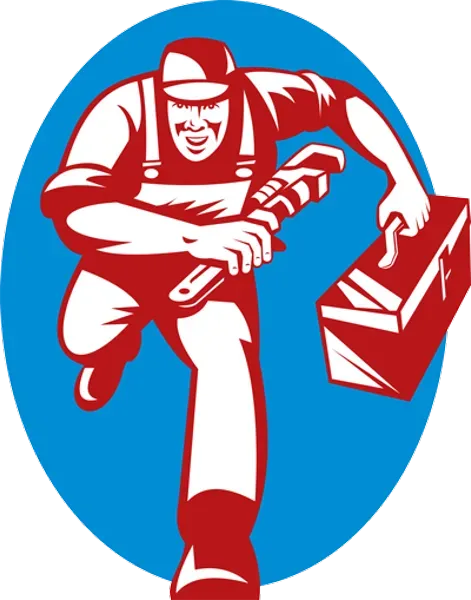BLOG

Dealing with slow drains in your home may seem like a minor inconvenience, but if ignored, such issues can escalate into major plumbing problems. Fortunately, identifying and rectifying slow drains is often straightforward, preventing more significant damage and costly repairs in the future.
Recognizing Symptoms of Slow Drains
The first step in addressing slow drains is knowing the signs. Typical symptoms include water pooling around shower drains, slow sink drainage, and gurgling noises in pipes. If water takes longer to disappear after toilet use, it might also indicate a drain issue. Pay attention to these early warnings to act before the problem worsens.
Common Causes of Slow Drains
Accumulated debris like hair, soap scum, and food particles often cause slow drains. In kitchens, grease or fat solidifying within pipes is a frequent culprit. Bathrooms can be particularly prone to hair build-up, which catches on drain stoppers and gradually forms clogs. Recognizing these causes helps in both prevention and cure.
DIY Solutions for Fixing Slow Drains
For minor blockages, a number of home remedies may solve the problem without professional help. One popular method involves using a bent wire hanger to fish out clogs. Baking soda and vinegar can also effectively break down grease or grime lining the pipes. Another option is the use of a plunger, which might free pipes of partial blockages.
When to Call a Professional
However, if these DIY methods don't work or if slow drains persist, it might be time to call a plumber. Professionals can use specialized tools such as drain snakes and hydro-jetting to clear stubborn clogs deep within the system. Ignoring persistent slow drains could result in water backup, pipe damage, or even contamination, necessitating more extensive and expensive repairs.
Preventive Measures to Consider
Prevention is always better than cure. Regular cleaning of drain stoppers and use of drain guards can significantly reduce the amount of debris entering pipes. Also, avoid pouring grease down sinks and opt for natural cleaning solutions regularly to maintain clear drains.
Identifying and addressing slow drains before they turn into significant issues can save homeowners a lot of trouble. Keeping an eye on symptoms and understanding simple preventive strategies can maintain your plumbing in top condition.
